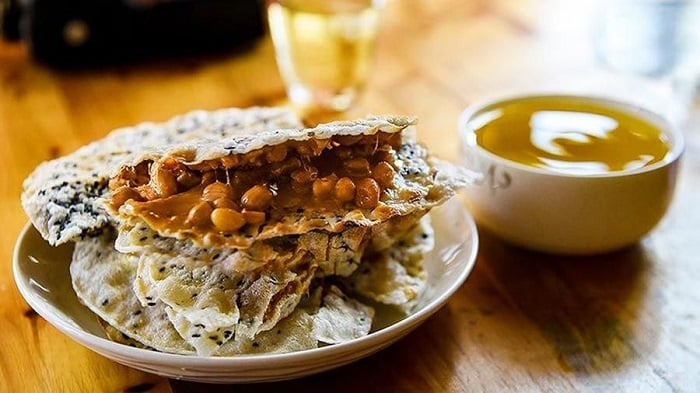- Address: Confectionery Luc Thanh, Xuan Bac, Dien Hong, Dien Chau, Nghe An Ba Nghi sweets, 35 Dinh Cong Trang, Vinh city, Nghe An

Cu de candy is an extremely famous Nghe An specialty confectionery. Candy is made entirely from malt, rice paper, peanuts, ginger. When eating sweets from malt mixed with roasted peanuts, fragrant ginger is extremely interesting.
Source: Collected internet.
Vietnam is a country on an S-shaped strip of land, located in the center of Southeast Asia, in the east of the Indochina peninsula, to the north by China, to the west by Laos and Cambodia, and to the southeast overlooking the sea. East and Pacific. Vietnam's coastline is 3,260 km long, and its land border is 4,510 km long. On land, from the northernmost point to the southernmost point (as the crow flies) is 1,650km long, from the easternmost point to the westernmost point the widest place is 600km (Northern region), 400km (Southern region), the narrowest place is 50km (Quang Binh).
Eight UNESCO world heritage sites stretch across Vietnam. Each place offers interesting perspectives on local life and majestic natural beauty. The Imperial Citadel and Hue mausoleums take you back to the Nguyen Dynasty full of ups and downs. Hoi An ancient town was once a bustling meeting point for ships and traders around the world. Throughout other provinces and cities, you will encounter ancient relics, poetic scenes, and vivid pieces that create the picture of Vietnamese heritage.
Vietnam's terrain has about 40% mountains and forests, 40% hills and coverage of about 75% of the country's area. There are mountain ranges and plateaus such as Hoang Lien Son range, Son La plateau in the north, Bach Ma range and plateaus following the Truong Son range in the south. Network of rivers and lakes in the delta or mountainous areas of the North and Central Highlands. The delta accounts for about 1/4 of the area, including deltas such as the Red River Delta, Mekong River Delta and the Central Coastal Plains, which are densely populated areas. Cultivated land accounts for 17% of Vietnam's total land area.
According to the ups and downs of the nation's history, Vietnamese customs and practices are constantly being innovated according to social trends. One of the oldest and most influential customs in history is the custom of chewing betel. This is a custom that dates back to the Hung King period and originates from the legend of Trau Areca and this custom has become a typical image of the brotherhood and love between husband and wife of Vietnamese people. Not only the custom of chewing betel, Vietnam also has another custom that was born in ancient times, which is the custom of welcoming the new year, also known as Tet - traditional Tet.